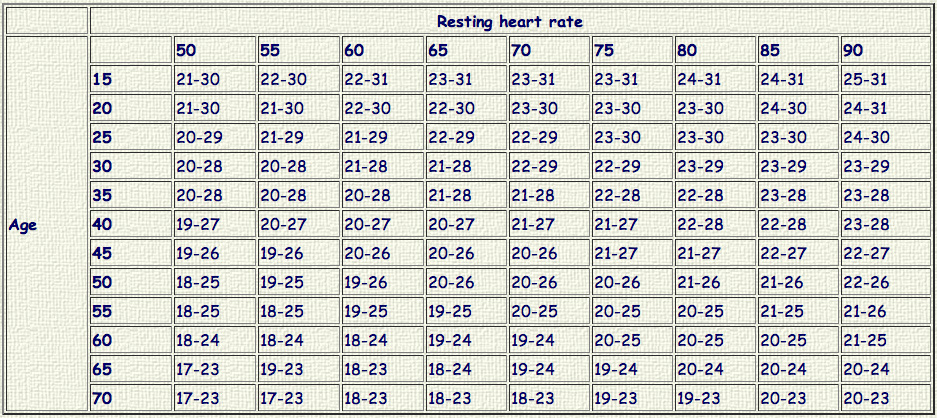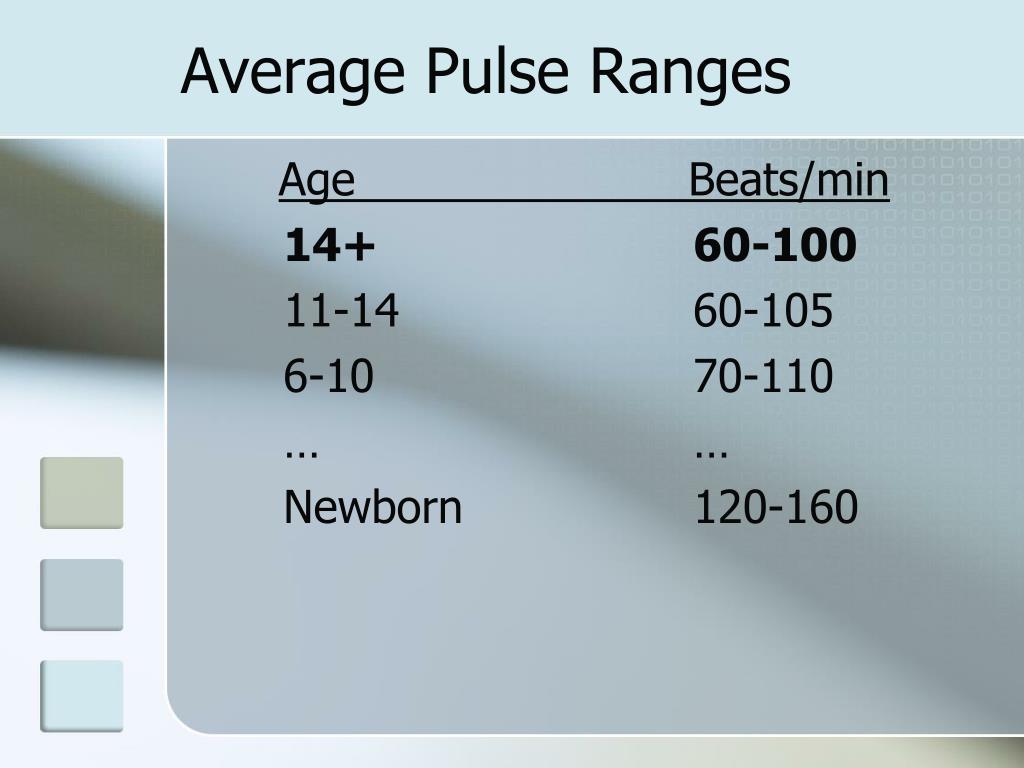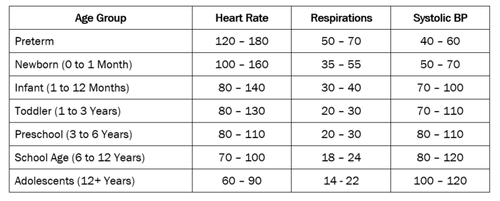

Many things can bring on a slow heart rate.

When you’re asleep, your heart rate normally slows down to 40 to 60 beats a minute. It’s normal to have a low heart rate while sleeping. If you’re physically active, your heart pumps blood more efficiently. Blood can also pool in your heart chambers, causing congestive heart failure.Īdvertising Policy Do low heart rate ranges change with age/activity?įor most people who are younger, highly trained athletes and people who work out regularly, a low heart rate while exercising - defined as below 60 bpm - is normal and healthy. But it’s a good idea to know the signs of trouble because bradycardia in some cases does require treatment.įor example, if your heart rate drops into the 30s, you might not get enough oxygen to your brain, making fainting, lightheadedness and shortness of breath possible. What heart rate is too low? If your heart rate is slow (below 60 bmp), but you don’t have symptoms, there’s no reason to worry. However, if you have symptoms but ignore them, it can sometimes cause more serious problems.Ĭonsult a healthcare provider if you’re experiencing some of these symptoms and you have an associated slow heart rate: It’s very possible to have a slow heart rate and experience no symptoms. In contrast, a normal range is 60 to 100 bpm while awake. In fact, if you have bradycardia, you’ll have a low resting heart rate below 60, even when you’re awake and active. What does a low heart rate mean? Doctors consider a low heart rate to be 60 beats per minute (bpm) and below. Baez-Escudero shares when to worry about low heart rate - and the signs and symptoms to watch for. “As a result, the normal rhythm tends to slow down.”ĭr. “As people get older, there is occasional normal wear and tear on the electrical system of the heart,” says cardiologist Jose Baez-Escudero, MD. PolicyĪ slow heart rate (or a low heart rate) is known as bradycardia and occurs frequently in older adults. We do not endorse non-Cleveland Clinic products or services.

Advertising on our site helps support our mission. If you have a heart condition, be sure to discuss your target heart rate with your doctor prior to beginning an exercise program.Cleveland Clinic is a non-profit academic medical center. The device is worn like a bracelet or watch and measures your heart rate.Įxercising at the right level of intensity improves heart and respiratory endurance and helps keep your workout at a level that is vigorous enough to meet your health goals. Wearing a multifunctional fitness tracker such as the Fitbit, or Nike+ FuelBand SE, does the work for you. If your heart rate is 50 to 85 percent of your maximum heart rate, you have hit your target heart zone and are working at the right level of intensity. Count your pulse for ten seconds and multiply this number by six.

To determine your heart rate, use your first two fingers to press lightly over the blood vessels on your inner wrist-the side by your thumb. The following is an estimate given by the American Heart Association for target heart rate numbers for adults ages 45 to 70: Target heart rate is defined as the minimum number of heartbeats in a given amount of time in order to reach the level of exertion necessary for cardiovascular fitness, specific to a person’s age, gender, or physical fitness. This specific type of exercise gets your heart beating fast for several minutes at a time. Help your heart work strongerĬardiovascular exercise (also called aerobic exercise) is especially effective in keeping your heart healthy and reaching your target heart rate. Exercising at the right level of intensity will help you avoid burning out or wasting time with a workout that’s not vigorous enough to help you meet your goals. So knowing your target heart rate helps you pace your workouts. Sustaining a workout at this pace improves cardiorespiratory endurance.


 0 kommentar(er)
0 kommentar(er)
